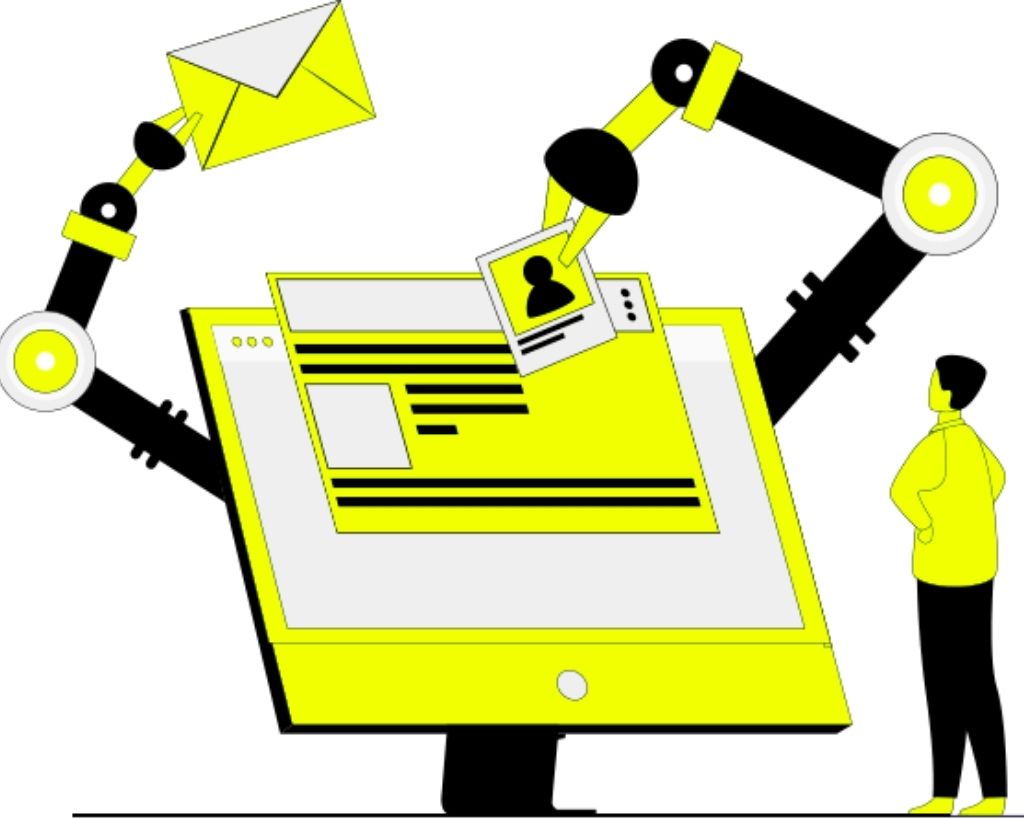
If you read this article, you have probably already heard of MailChimp, one of the most used email marketing services by companies and eCommerce. Today we want to deepen a specific function of the platform, automation, and the potential of companies.
In the last period, the brand has invested in the promotion of automated flows. Many marketing departments have repetitive tasks on their schedule, such as sending emails, social media, and other website actions. Marketing automation platforms make these tasks easier, triggering a series of actions when an event occurs, such as updating a database field or interacting with other parts of the campaign.
The automation of MailChimp, in particular, can be very useful for these small daily tasks thanks to a series of linear automatisms to send welcome campaigns, set up the follow-up after an online purchase, or respond to the change of contact data in the database. This is a simplified system compared to platforms like Eloqua for Salesforce, perfect for small and medium-sized businesses. What can it be useful for? Here are some examples:
Lead Nurturing
Suppose you want to improve the performance of your email marketing campaigns. In that case, one of the first actions to do is to verify that you are sending the right content to the right users, for example, by segmenting the target based on the contact’s activities. Suppose you have a specific campaign that involves sending a series of emails on the same product to accompany potential customers through the various stages of the funnel. In that case, the MailChimp automation allows you to progressively send newsletters only to those who have shown interest in the product. With the previous actions.
Customer Relationship Management
Make your customers feel important, send them personalized communications. They can be happy birthday wishes, post-purchase surveys, or discount coupons to re-engage them according to their previously expressed choices. With MailChimp automation, you can schedule mailings based on the fields in the database to maintain continuous but non-invasive contact with your users. When a field is updated or meets the pre-set condition, the email will automatically start. This allows you to launch ongoing campaigns without the need to reset emails daily.
Also Read: 404 Page Not Found: The Error That Becomes An Occasion
Retrieve Abandoned Carts
It has happened to all of us to browse through the products of an eCommerce store, put a couple in the cart and then suddenly remind ourselves of the bill to pay, leaving the site before completing the purchase. However, as a marketer, we see cart abandonment from another perspective – they are ready-to-buy leads that elude us before converting. You can try to recover them with the MailChimp automation: just a reminder email reminding them of the products they liked and inviting them to complete the transaction.
Best Practices
Establish Your Strategy Before Setting The Flow
Whether it is on MailChimp automation or any other platform, creating an effective workflow requires analysis and planning; it cannot be improvised. A particularly important aspect to consider when preparing the strategy is the form that the user will have to sign: asking for the right information will allow you to obtain precise data to personalize conversations and offers for your leads further.
Set Measurable Goals
Each workflow should include downloadable content and material for each stage of the buyer’s journey and a specific and measurable objective, corresponding to the action you want the user to take, such as sending a request for a quote, downloading paid content, subscribing to the newsletter, activating a promotion, etc. Setting the goal correctly will allow you to analyze the performances obtained without errors.
In short, the automation of MailChimp is really like a second brain for the company: it saves time and resources, is very intuitive, and allows you to focus on other parts of your business.






